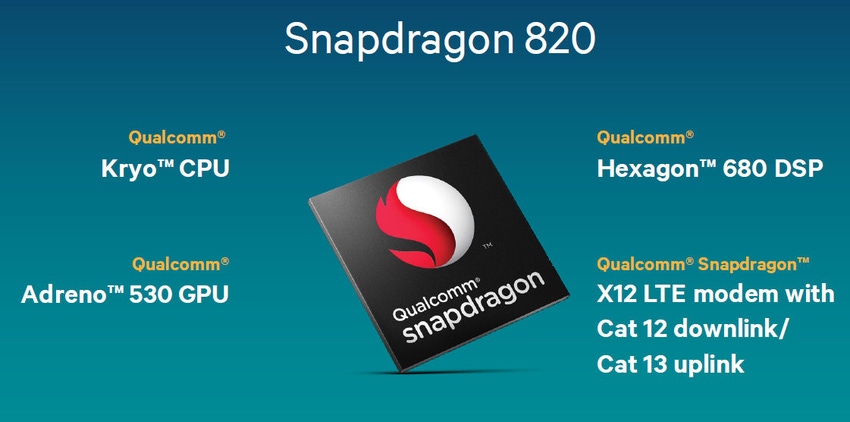Mobile chip giant Qualcomm has launched the Snapdragon Neural Processing Engine, an SDK designed to help OEMs provide machine learning-driven experiences on Snapdragon 820 devices.
May 3, 2016

Mobile chip giant Qualcomm has launched the Snapdragon Neural Processing Engine, an SDK designed to help OEMs provide machine learning-driven experiences on Snapdragon 820 devices.
The NPE is powered by Qualcomm’s Zeroth Machine Intelligence Platform, which itself is designed to make the most of all the computing resources (CPU, GPU, DSP, etc) on a Snapdragon SoC for advanced computer cleverness such as scene detection, text recognition, object tracking and avoidance, gesturing, face recognition and natural language processing.
“The demand for untethered, mobile learning-driven user experiences is increasing rapidly and Qualcomm Technologies’ customers have been clamouring for tools to help them realize their product visions,” said Gary Brotman, Director of Product Management at Qualcomm Technologies. “With the introduction of the new Snapdragon Neural Processing Engine SDK, we are making it possible for myriad sectors, including mobile, IoT and automotive to harnesses the power of Qualcomm Snapdragon 820 and make high-performance, power efficient on-device deep learning a reality.”
“The Neural Processing Engine SDK means we can quickly deploy our proprietary deep learning algorithms to our Snapdragon-based connected camera devices in the field, which can detect driver distraction and help prevent auto accidents,” said Frederick Soo, CTO of autonomous vehicle tech outfit NAUTO. “That same deep learning helps NAUTO’s system deliver valuable information that helps our customers reduce liability and drive more safely and efficiently.”
Just Qualcomm branches out into new forms of computing, Intel seems to have finally pulled the plug on its faltering bid to be a smartphone silicon player. Forbes reported late last week that Intel was pulling the plug on its next generation of high-end smartphone and tablet chips (Broxton) and its low-cost Atom x3 (SoFIA ). This account was then confirmed by multiple other media and while Intel doesn’t seem to have made a formal announcement AnandTech got an emailed comment from them.
“I can confirm that the changes included cancelling the Broxton platform as well as SoFIA 3GX, SoFIA LTE and SoFIA LTE2 commercial platforms to enable us to move resources to products that deliver higher returns and advance our strategy,” said the Intel statement.
While the Atom brand was launched as a netbook (remember them?) chip back in 2008 it also became used for Intel’s mobile chips. The first one of these was called Moorestown and was launched six years ago. At the time it was viewed as a first effort and Intel vowed it would overcome its perceived disadvantages versus ARM vendors such as Qualcomm, which revolved around power efficiency.
In the intervening time Intel continued to innovate on things like manufacturing process technology but never convinced the market it had done enough to make them leave the ARM ecosystem. In hindsight Intel probably needed to be an order of magnitude better than Qualcomm, etc and the laws of physics as much as anything else made that unlikely.
Incidentally Intel and Qualcomm were both among the signatories on a letter to the US President urging him to free up 500 MHz of the 5.9 GHz band to address a perceived unlicensed spectrum crisis in the US.
“Our organizations do not often agree on policy matters,” said the letter. “But we agree that the 5.9 GHz band is our country’s best unlicensed spectrum opportunity for ensuring high-quality internet access for the American public for three reasons.”
These are 1. A good combination of low frequency and plentiful spectrum, 2. Proximity to 5.8 GHz, this facilitating 160 MHz-wide gigabit wifi, 3. Relatively few competing users of the band. Apparently this band has been set aside for the use of intelligent transportation systems for 15 years and the letter says it’s about time it got put to good use.
About the Author(s)
You May Also Like








.png?width=300&auto=webp&quality=80&disable=upscale)


_1.jpg?width=300&auto=webp&quality=80&disable=upscale)


.png?width=800&auto=webp&quality=80&disable=upscale)